Exploring the Neurological Effects of Zanthoxylum bungeanum: Unveiling its Impact on Nerve Cells
Zanthoxylum bungeanum, commonly known as Sichuan pepper or Chinese prickly ash, has been revered for centuries not only for its culinary delights but also for its potential health benefits. Beyond its tangy flavor and numbing sensation, this unique spice has piqued the interest of researchers due to its purported neurological effects. In this article, we delve into the fascinating realm of neuroscience to uncover the specific nerve cells that Zanthoxylum bungeanum activates and the implications of its interactions within the nervous system.
Understanding Zanthoxylum Bungeanum
Zanthoxylum bungeanum, a member of the Rutaceae family, is native to China and other parts of East Asia. Traditionally, it has been used in Chinese medicine to alleviate various ailments such as gastrointestinal issues, pain, and inflammation. One of its distinctive characteristics is its active compound, hydroxy-alpha sanshool, which induces a tingling or numbing sensation upon consumption.
The Neurological Effects
Research into the neurological effects of Zanthoxylum bungeanum has primarily focused on its interaction with nerve cells, particularly those involved in sensation and pain perception. Studies have shown that the active compound, hydroxy-alpha sanshool, exerts its effects by activating specific types of nerve cells known as mechanoreceptors and nociceptors.
Mechanoreceptors are specialized nerve cells that respond to mechanical stimuli such as touch, pressure, and vibration. When hydroxy-alpha sanshool comes into contact with these receptors, it triggers a unique sensation characterized by tingling or paresthesia. This sensation is akin to the tingling experienced when consuming Sichuan pepper or applying topical creams containing compounds like menthol.
Nociceptors, on the other hand, are nerve cells responsible for detecting noxious or potentially harmful stimuli, including thermal, chemical, and mechanical stimuli that can lead to pain sensation. Interestingly, Zanthoxylum bungeanum has been found to modulate nociceptive responses, leading to a dual effect on pain perception. While some studies suggest that it may exacerbate pain sensitivity, others propose analgesic properties, indicating a complex interplay between the spice and nociceptive signaling pathways.
Activation of TRP Channels
The activation of mechanoreceptors and nociceptors by Zanthoxylum bungeanum is primarily mediated by its interaction with transient receptor potential (TRP) channels. TRP channels are a diverse group of ion channels found in sensory nerve cells, where they play a crucial role in transducing various sensory stimuli into electrical signals that can be interpreted by the nervous system.
Hydroxy-alpha sanshool has been identified as a potent agonist of TRP channels, particularly TRPV1, TRPV3, and TRPA1. These channels are expressed in different subtypes of sensory nerve cells and are implicated in the perception of touch, temperature, and pain. By activating these TRP channels, Zanthoxylum bungeanum elicits a cascade of cellular events that ultimately lead to the characteristic tingling sensation and modulation of pain perception associated with its consumption.
Implications for Health and Medicine
The activation of specific nerve cells by Zanthoxylum bungeanum holds significant implications for health and medicine. On one hand, its ability to induce sensory effects such as tingling and numbness can enhance culinary experiences and may have potential applications in food science and flavor modulation. Additionally, the modulation of pain perception by Zanthoxylum bungeanum suggests its potential utility as a natural analgesic or adjuvant therapy for pain management.
However, further research is warranted to elucidate the precise mechanisms underlying its neurological effects and to determine the optimal dosage and administration for therapeutic purposes. Additionally, considering the dual nature of its impact on pain perception, careful consideration must be given to potential side effects and contraindications, especially in individuals with pre-existing pain conditions or sensitivities.
Conclusion
In conclusion, Zanthoxylum bungeanum exerts its neurological effects by activating specific nerve cells, namely mechanoreceptors and nociceptors, through its interaction with TRP channels. This interaction gives rise to the characteristic tingling sensation and modulation of pain perception associated with its consumption. While its culinary and potential therapeutic applications are promising, further research is needed to fully understand its mechanisms of action and therapeutic potential in the field of neuroscience. Nonetheless, the exploration of Zanthoxylum bungeanum's impact on nerve cells unveils a fascinating intersection between traditional herbal medicine and modern neuroscience, highlighting the rich tapestry of nature's pharmacopeia.

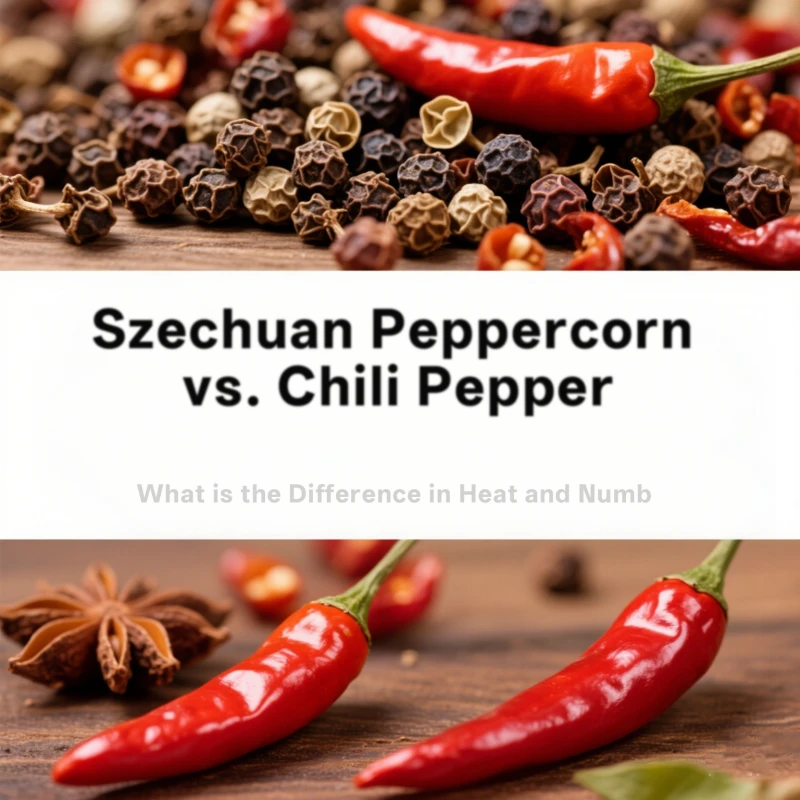
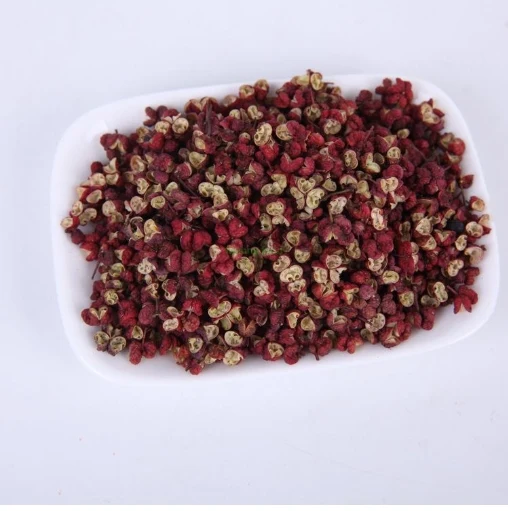
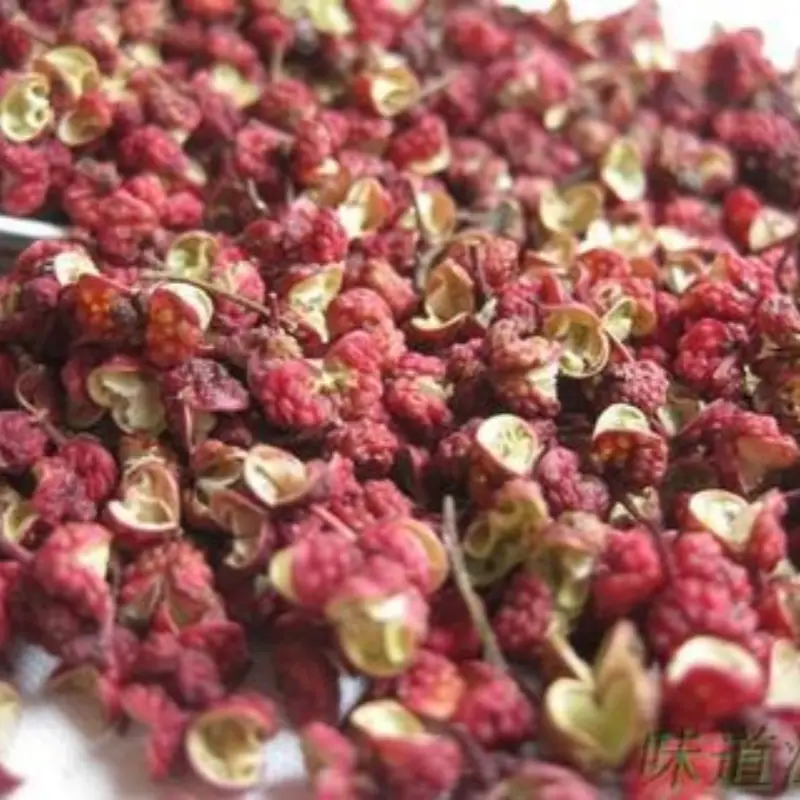
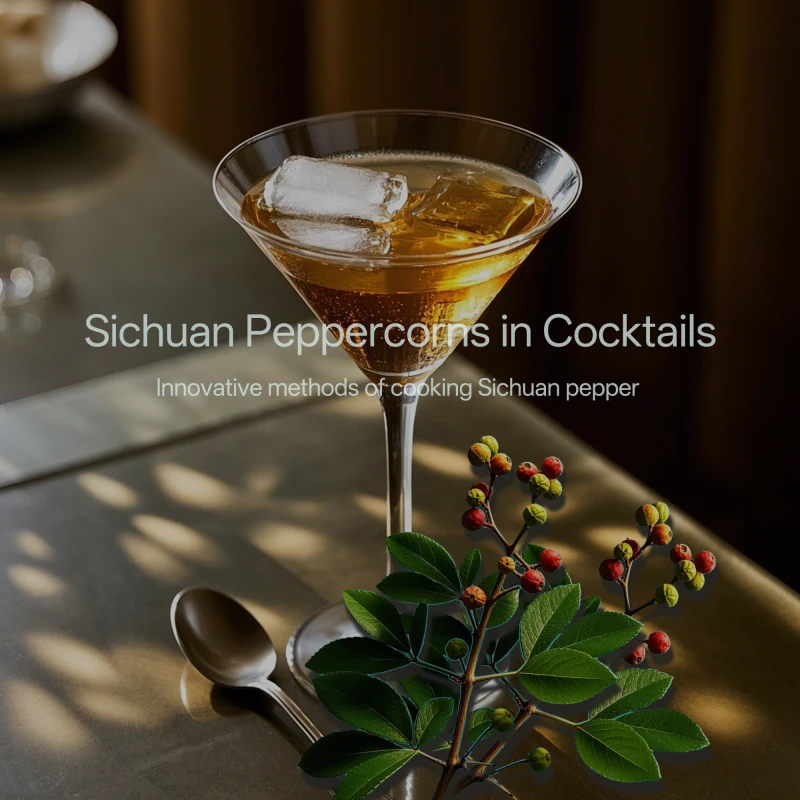
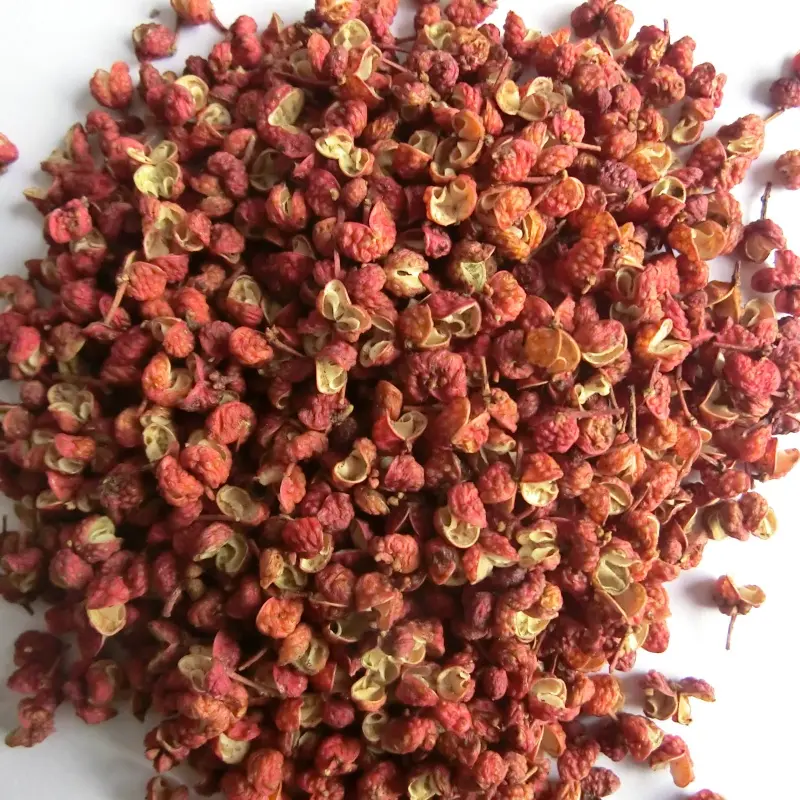
811.webp)
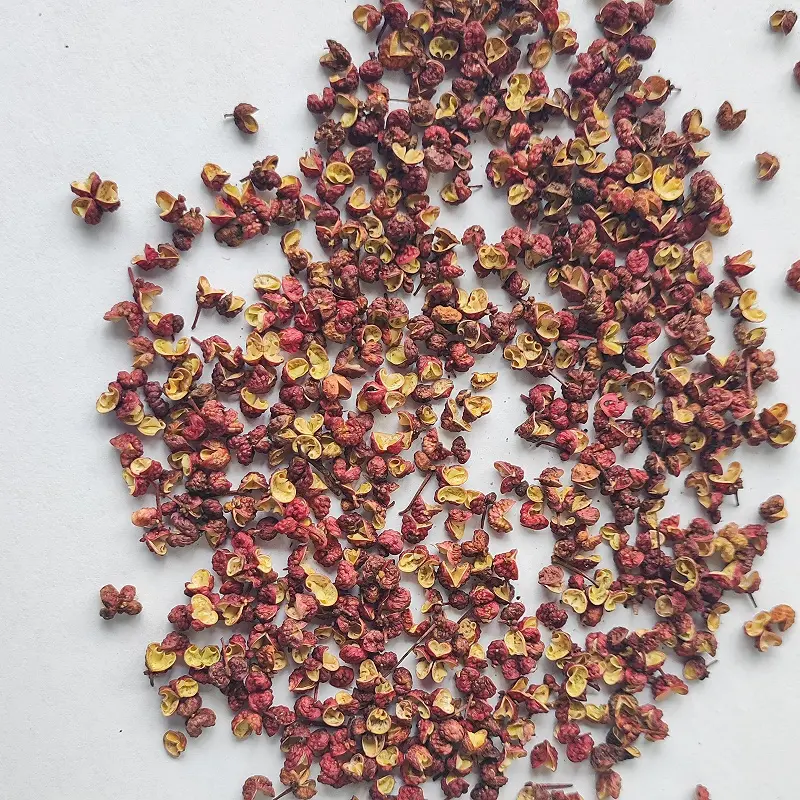
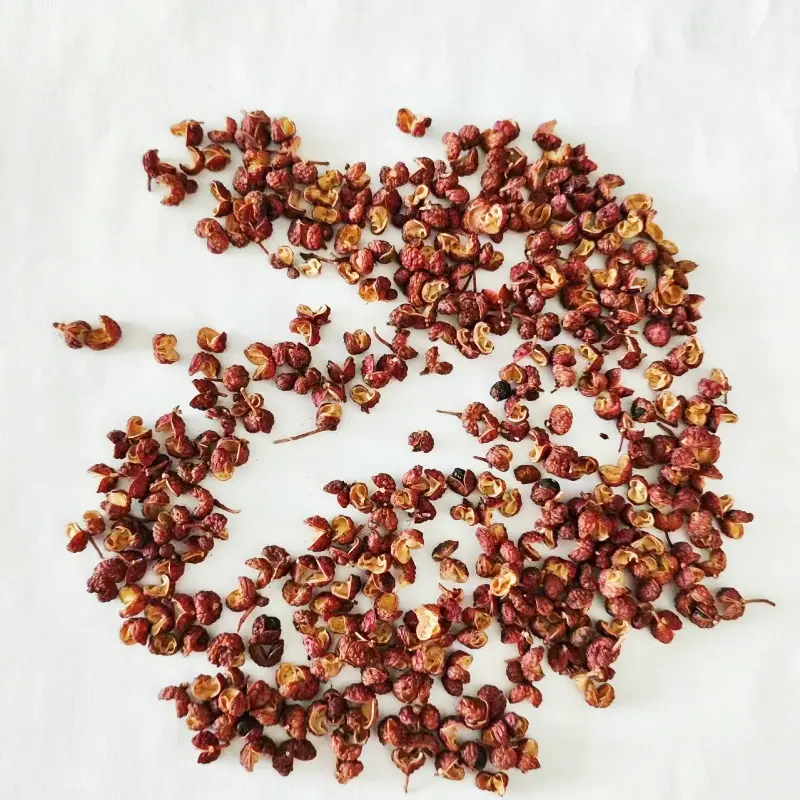
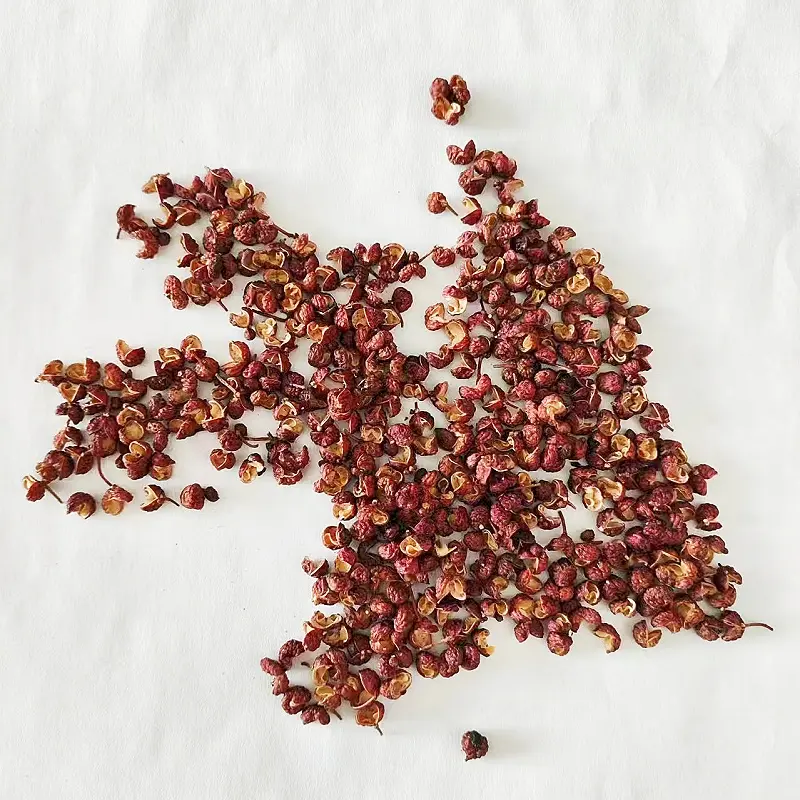

114.webp)
